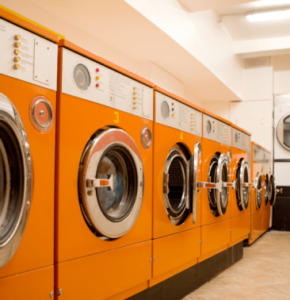RFID Library Management
RFID technology streamlines asset management in libraries, enhancing accuracy and saving time. By tagging books and other borrowable items, RFID automates tracking and offers innovative features, enriching visitor experiences and modernizing library operations.
- Home
- /
- RFID Library Management
Be
nefits of RFID in Library Management
- Efficient Tracking: Quickly locate and manage books, reducing time spent on inventory and shelving.
- Enhanced Accuracy: Minimize human errors in inventory and check-out processes, improving asset management.
- Security Measures: Reduce theft and unauthorized access through real-time monitoring and alarms.
- User Experience: Speed up check-in and check-out processes, making library visits more convenient for patrons.
- Data Insights: Collect valuable data on item popularity, user behavior, and inventory levels for better decision-making.

Cases: The Handley Regional Library
The Handley Regional Library System in Virginia employs RFID technology for efficient operations. Instead of individually scanning each book during check-out, patrons can place multiple books on an RFID-enabled surface and check them all out with a single scan. The technology also streamlines the sorting process for returned items. RFID tags identify their respective genres or sections when books are produced through the chute. These books are transported via conveyor belt to designated bins containing similar titles. This dual application of RFID expedites the check-out and return processes and significantly eases the workload on library staff.
Cases: Quebec's public libraries
Quebec’s public libraries leverage RFID technology to streamline book returns and boost circulation. To minimize the time books spend out of circulation, libraries have installed RFID-enabled “smart shelves.” When a returned book is placed on one of these shelves, its information is instantly logged into the library’s computer system via the book’s HF RFID tag, making it immediately available for checkout. Each smart shelf has multiple antennas, a reader, and a detachable cable connecting to an information column. This column comprises a PC, another reader, and application software that syncs with the library’s management system. The setup expedites the return process and eases inventory management for librarians.


Cases: Self-Service Library Stations
To address the scarcity of public libraries in Hong Kong, the region is introducing 24-hour self-service library stations that function like vending machines. These kiosks offer various services, including checking and returning books, collecting reserved materials, and paying library fees. Each station has 300 slots to hold books as they are circulated. All that’s required for setup is a power outlet and an internet connection with a fixed IP address. Books with UHF RFID tags can be checked out and returned at these kiosks, and their status is instantly updated on Hong Kong’s public library database. This allows librarians to manage inventory and know when to restock the stations efficiently.







